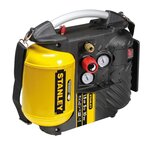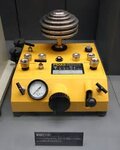hemnath
Advanced Member level 3
Hi,
I would like to design a digital pressure controller. First of all, I would like to generate the pressure using pump and control the pressure output using PID algorithm by comparing the set point and measured output value. Is it right?
Please suggest any pressure pump.
Range can be of 10 bar.
Please share your thoughts.
I would like to design a digital pressure controller. First of all, I would like to generate the pressure using pump and control the pressure output using PID algorithm by comparing the set point and measured output value. Is it right?
Please suggest any pressure pump.
Range can be of 10 bar.
Please share your thoughts.

